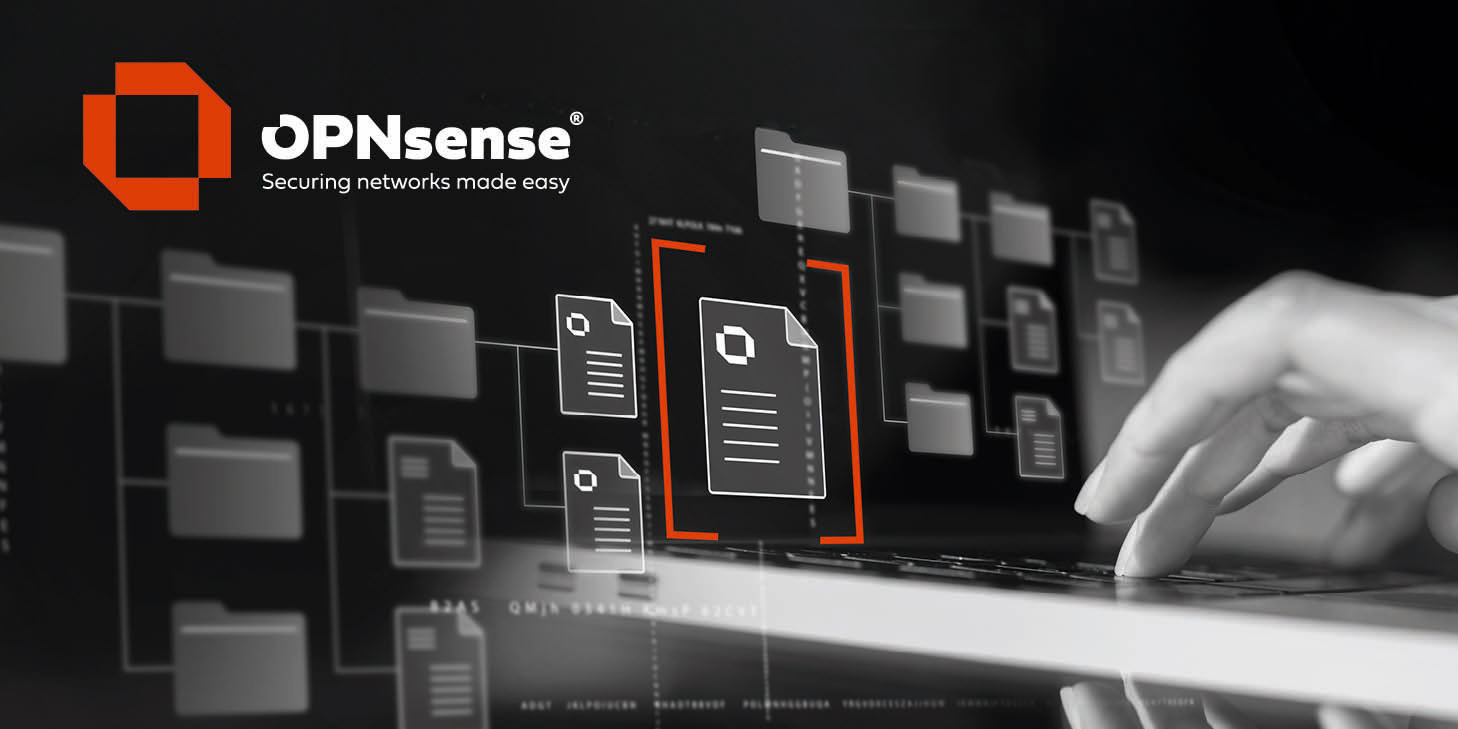Good morning,
I am hoping someone can please help me.
I am running a couple of dedicated game servers locally at home. I have a VPN running which all of my traffic is routed through, however I want to have my game servers connected directly via my ISPs static WAN address instead of going out via the VPN interface, due to its highly dynamic IP nature. I have it partially complete, with port forward NAT and firewall rules set for traffic inbound via my WAN interface to take priority and be passed to my internal server IP and port. This works perfectly and I can directly connect to my game server using the external ISP static WAN IP and port, as can my friends, so this is all working as expected.
However, for both games, they do not appear in the game server lists used within the game search systems. When I set the first up I assumed a bug, however the second also does the same. In further checking, it appears that both games report their external IPs as being my VPN interface IP. I realised that this is likely as, although my inbound traffic is coming via my ISP WAN interface, I obviously do not have anything setup for the outbound and therefore I assume their outbound traffic goes back out via my VPN interface and therefore they detect the IP for that as the one to think they are operating under.
I have therefore set NAT rules for the outbound so that traffic from my game server IPs and associated ports are NAT to my ISP WAN interface, with accompanying firewall rules on the LAN for traffic to be able to pass from the LAN to the ISP WAN interface. These are set before the rules that push all my LAN traffic via the VPN interface, so they should take precedence. However, my game servers continue to pick up the VPN interface IP as the one to use and I think I must have done something wrong. Am I thinking along the right lines or do I have this all wrong please?
I am hoping someone can please help me.
I am running a couple of dedicated game servers locally at home. I have a VPN running which all of my traffic is routed through, however I want to have my game servers connected directly via my ISPs static WAN address instead of going out via the VPN interface, due to its highly dynamic IP nature. I have it partially complete, with port forward NAT and firewall rules set for traffic inbound via my WAN interface to take priority and be passed to my internal server IP and port. This works perfectly and I can directly connect to my game server using the external ISP static WAN IP and port, as can my friends, so this is all working as expected.
However, for both games, they do not appear in the game server lists used within the game search systems. When I set the first up I assumed a bug, however the second also does the same. In further checking, it appears that both games report their external IPs as being my VPN interface IP. I realised that this is likely as, although my inbound traffic is coming via my ISP WAN interface, I obviously do not have anything setup for the outbound and therefore I assume their outbound traffic goes back out via my VPN interface and therefore they detect the IP for that as the one to think they are operating under.
I have therefore set NAT rules for the outbound so that traffic from my game server IPs and associated ports are NAT to my ISP WAN interface, with accompanying firewall rules on the LAN for traffic to be able to pass from the LAN to the ISP WAN interface. These are set before the rules that push all my LAN traffic via the VPN interface, so they should take precedence. However, my game servers continue to pick up the VPN interface IP as the one to use and I think I must have done something wrong. Am I thinking along the right lines or do I have this all wrong please?

 "
"
